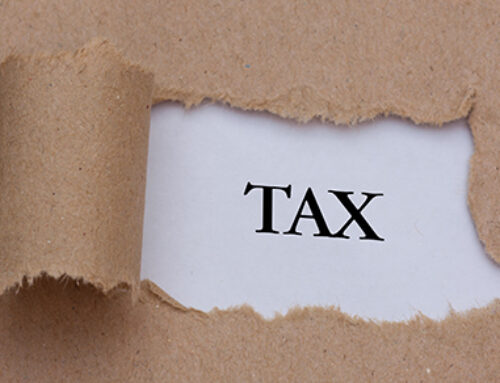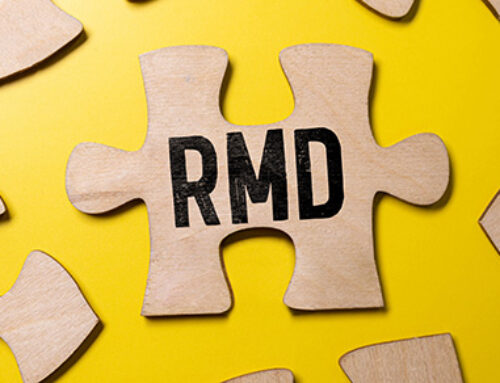Families First Coronavirus Response Act
3/23/20
On March 20, 2020, the U.S. Treasury Department, Internal Revenue Service (IRS), and the U.S. Department of Labor (Labor) announced that small and midsize employers (including self-employed businesses) are allowed two new “refundable payroll tax” credits, designed to immediately and fully reimburse them, dollar-for-dollar, for the cost of providing Coronavirus-related leave to their employees. This relief to employees and small and midsize businesses is provided under the Families First Coronavirus Response Act, signed by President Trump on March 18, 2020.
A “refundable” tax credit means you could get payroll taxes (and health insurance premiums) refunded in excess of what you paid in. An example would be if you have federal payroll taxes for employees not affected by the Coronavirus while at the same time pay employees taking Coronavirus-leave under these new tax credits. You would pay the taxes due for unaffected employees but simultaneously get a credit for the Coronavirus-affected employees. If the net of the taxes is to your favor, you get that tax “refunded” to you by the federal government. In other words, the government could owe you more than you owe them when you file and submit your payroll taxes.
Also, the laws are subject to 30-day non-enforcement period for good faith compliance efforts, even though the law is effective for business to comply by 4/2/20.
Good News! – Health Insurance premiums paid for employees are also refundable.
We are awaiting a new IRS “streamlined claim form” and process expected this week which is required to be submitted with payroll tax returns to receive a “refundable credit”.
We do NOT have any type of payroll tax relief from states as of this posting.
Small Business Protection (Exemption): Employers with fewer than 50 employees are eligible for an exemption from the requirements to provide leave, to care for a child whose school is closed, or childcare is unavailable in cases where the viability of the business is threatened.
Summaries of the Act (2 Main Parts)
(Part 1 of 2) Paid Sick Leave for Workers (Emergency Paid Sick Leave Act (EPSLA)
- SUMMARY: For COVID-19 related reasons, employees receive up to 80 hours of paid sick leave and expanded paid childcare leave when employees’ children’s schools are closed, or childcare providers are unavailable.
Although the Coronavirus tax laws apply to businesses with less than 500 employees, “small businesses” with fewer than 50 employees will be eligible for an exemption from the leave requirements relating to school closings or childcare unavailability where the requirements would jeopardize the ability of the business to continue. The exemption will protect businesses in jeopardy of going out of business due to the pandemic. The Department of Labor will provide guidance soon.
- DETAILS: Private employers with fewer than 500 employees (remember the under-fifty exemption rules mentioned above), and public employers of any size, must provide 80 hours of paid sick time to full-time employees who are unable to work (or telework) for specified virus-related reasons. Part-time employees are entitled to sick time based on their average hours worked over a 2-week period. This amount is immediately available regardless of the employee’s length of employment. The maximum amounts payable vary based on the reason for absence. Employees who are (1) subject to a quarantine or isolation order, (2) advised by a health provider to self-quarantine, or (3) experiencing symptoms and seeking diagnosis, must be compensated at their regular rate, up to a maximum of $511 per day ($5,110 total). Employees caring for an individual described in category (1), (2), or (3), caring for a son or daughter whose school is closed or childcare provider is unavailable, or experiencing a “substantially similar condition” specified by the government must receive two-thirds of their regular rate, up to a maximum of $200 per day ($2,000 total). Employers cannot require employees to find a replacement worker or use other sick leave before this sick time. Employers may exclude health care providers and emergency responders, and the DOL can issue regulations exempting businesses with fewer than 50 employees. The sick leave mandate takes effect not later than 15 days after March 18, 2020 (the date of the Act’s enactment), i.e. mandatory by April 2, 2020, and expires December 31, 2020.
(Part 2 of 2) Family and medical leave (Emergency Family and Medical Leave Expansion Act (EFMLEA))
- The Act requires employers with fewer than 500 employees (remember the under-fifty exemption rules mentioned above), to provide both paid and unpaid public health emergency leave to certain employees through December 31, 2020. The emergency leave generally is available when an employee who has been employed for at least 30 days is unable to work or telework due to a need for leave to care for a son or daughter under age 18 because a school or place of care has been closed, or a childcare provider is unavailable, due to an emergency with respect to COVID-19 that is declared by a federal, state, or local authority. The first 10 days of leave may be unpaid and then paid leave is required, calculated based on an amount not less than two-thirds of an employee’s regular rate of pay and the number of hours the employee would otherwise be normally scheduled to work, not to exceed $200 per day and $10,000 in the aggregate. Certain exemptions and special rules apply, and a tax credit may be available.

****END****





Leave A Comment